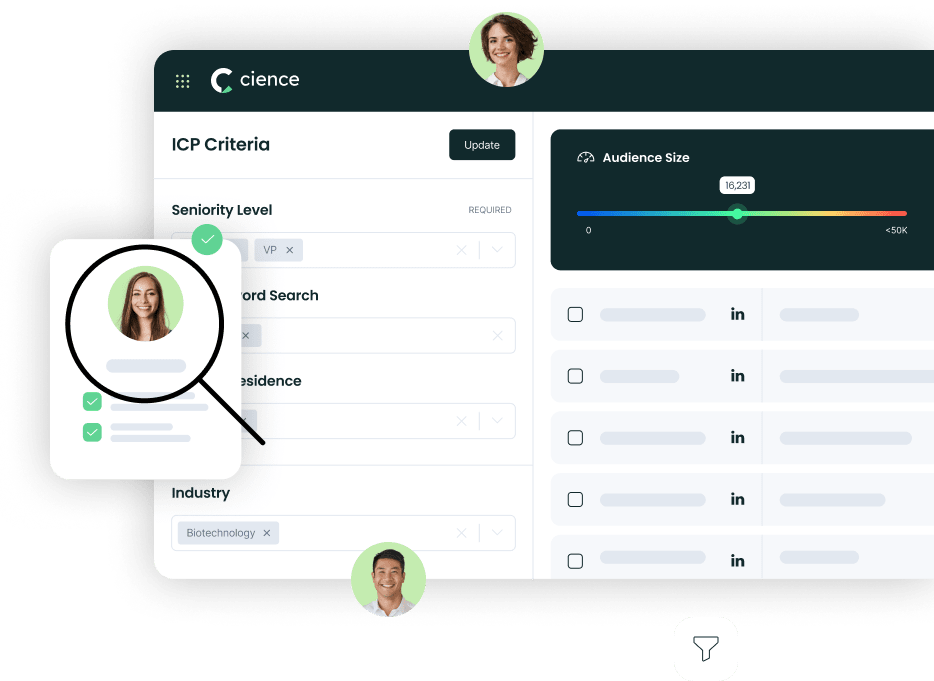Mit Senseable City Lab
Research, 77 Ave, Cambridge, Massachusetts, 02139, United States, 11-50 Employees
 Phone Number: +16*********
Phone Number: +16*********
Who is MIT SENSEABLE CITY LAB
Started in 2005, the Senseable City Lab at the Massachusetts Institute of Technology (MIT) a multidisciplinary research group that studies the interface between cities, people, and techno...
Read More

-
Headquarters: 77 Massachusetts Ave, Cambridge, Massachusetts, 02139, United States
-
Date Founded: 2006
-
Employees: 11-50
-
Revenue: $5 Million to $10 Million
-
Active Tech Stack: See technologies
Industry: Research
Does something look wrong? Fix it. | View contact records from MIT SENSEABLE CITY LAB
MIT Senseable City Lab Org Chart and Mapping
Sign in to CIENCE GO Data to uncover contact details
Free credits every month
Frequently Asked Questions Regarding MIT Senseable City Lab
Answer: MIT Senseable City Lab's headquarters are located at 77 Ave, Cambridge, Massachusetts, 02139, United States
Answer: MIT Senseable City Lab's phone number is +16*********
Answer: MIT Senseable City Lab's official website is https://senseable.mit.edu
Answer: MIT Senseable City Lab's revenue is $5 Million to $10 Million
Answer: MIT Senseable City Lab has 11-50 employees
Answer: MIT Senseable City Lab is in Research
Answer: MIT Senseable City Lab contact info: Phone number: +16********* Website: https://senseable.mit.edu
Answer: Started in 2005, the Senseable City Lab at the Massachusetts Institute of Technology (MIT) a multidisciplinary research group that studies the interface between cities, people, and technologies. It investigates how the ubiquity of digital devices and the various telecommunication networks that augment our cities are impacting urban living. With an overall goal of anticipating future trends, the Lab bring together researchers from many academic disciplines to work on groundbreaking ideas and innovative real-world demonstrations. This research is undertaken in partnership with cities, the private sector and other universities; through this collaborative approach, we strive to reveal how a new, rapidly expanding network of digital devices is serving to modify the traditional principles of understanding, describing and inhabiting cities. The Lab's work has been exhibited in leading venues including the Venice Biennale, the Design Museum Barcelona, the Canadian Centre for Architecture and the Museum of Modern Art (MoMA) in New York. Among many awards are TIME Magazine's Best Invention of the Year in 2007 (Digital Water Pavilion) and 2014 (Copenhagen Wheel).
Answer:
Premium Sales Data for Prospecting
-
Sales data across over 200M records
-
Up-to-date records (less decayed data)
-
Accurate Email Lists (real-world tested)
-
Powerful search engine and intuitive interface

Sign in to CIENCE GO Data to uncover contact details
Free credits every month